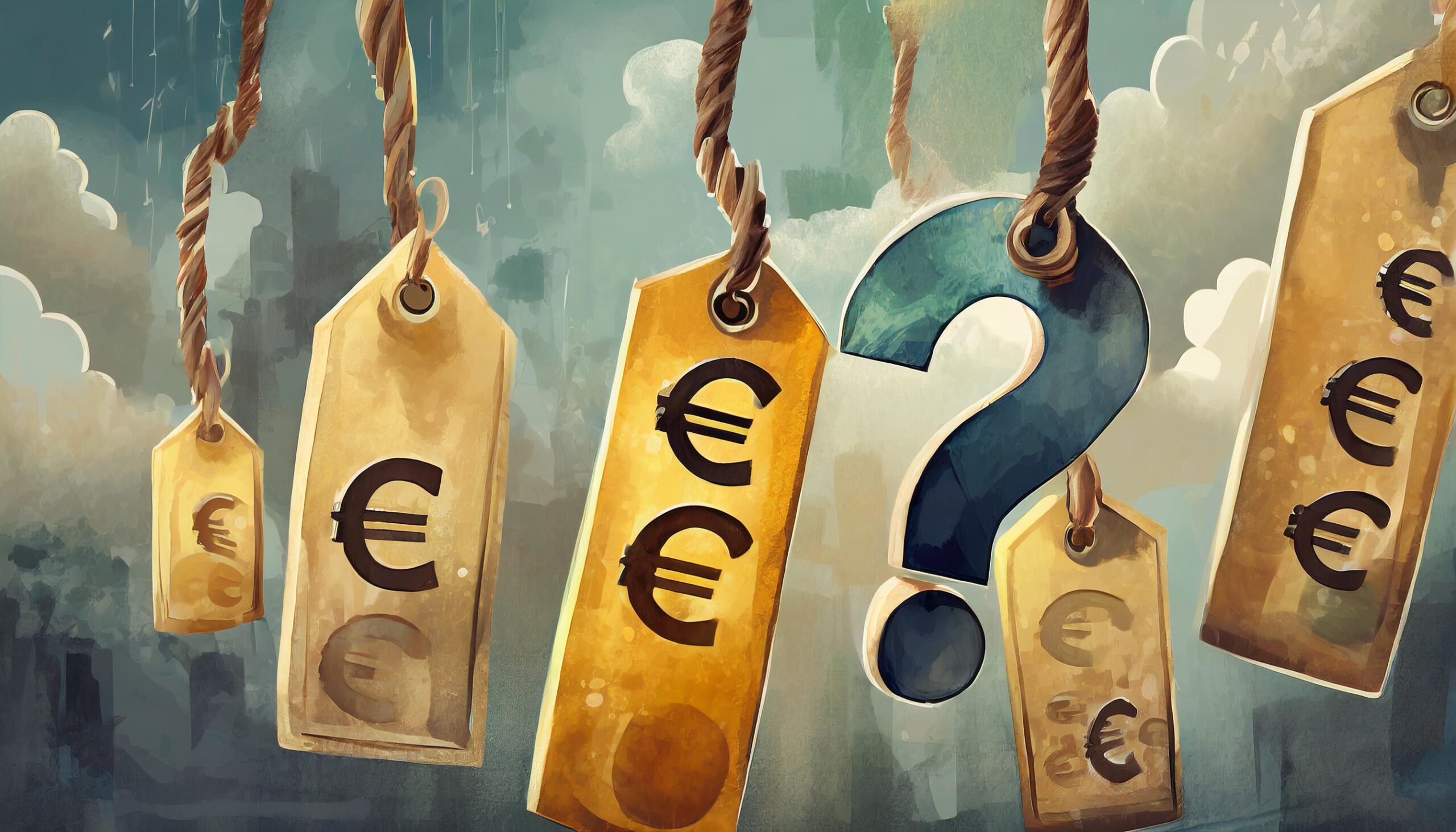Inflation is an economic phenomenon that affects the purchasing power of money over time. As prices of goods and services rise, the value of each dollar decreases, eroding the real value of savings and investments. Understanding the impact of inflation is crucial for individuals seeking to preserve and grow their wealth over the long term. In this comprehensive guide, we’ll explore the effects of inflation on savings and investments, discuss strategies for mitigating its impact, and provide practical tips for navigating an inflationary environment.
Understanding Inflation
Inflation refers to the general increase in the price level of goods and services in an economy over time. It is typically measured by the Consumer Price Index (CPI) or the Producer Price Index (PPI), which track changes in the prices of a basket of goods and services consumed by households or produced by businesses, respectively.
Inflation can be caused by various factors, including:
1. Demand-Pull Inflation: Occurs when aggregate demand exceeds aggregate supply, leading to increased competition for goods and services and upward pressure on prices.
2. Cost-Push Inflation: Arises from increases in production costs, such as wages, raw materials, or energy prices, which are passed on to consumers in the form of higher prices.
3. Built-In Inflation: Results from expectations of future inflation, as workers and businesses adjust their behavior and pricing decisions based on anticipated price increases.
The Impact of Inflation on Savings
Inflation has a significant impact on the purchasing power of savings, diminishing the real value of money stored in savings accounts, certificates of deposit (CDs), and other low-yield financial instruments. Here’s how inflation affects savings:
1. Reduced Purchasing Power: As the cost of goods and services rises, the purchasing power of each dollar saved declines. Over time, this erosion of purchasing power can diminish the real value of savings, making it harder to afford the same level of goods and services in the future.
2. Negative Real Returns: Inflation can result in negative real returns on savings, even if nominal interest rates offered by savings accounts or CDs exceed the inflation rate. For example, if the inflation rate is 3% and the nominal interest rate on a savings account is 2%, the real return after inflation is -1%.
3. Opportunity Cost: Inflation imposes an opportunity cost on savers by reducing the potential returns they could earn on their savings. Funds held in low-yield savings vehicles may fail to keep pace with inflation, resulting in lost opportunities for wealth accumulation and financial growth.
The Impact of Inflation on Investments
Inflation also affects investments, influencing asset prices, investment returns, and portfolio allocation decisions. Here’s how inflation impacts different types of investments:
1. Stocks: Inflation can impact stock prices and corporate earnings, leading to increased volatility in equity markets. However, stocks have historically provided a hedge against inflation over the long term, as companies can raise prices and generate higher revenues in inflationary environments.
2. Bonds: Inflation erodes the purchasing power of fixed-income investments such as bonds, reducing their real returns. In response to inflationary pressures, bond prices may decline, leading to capital losses for bondholders. Treasury Inflation-Protected Securities (TIPS) provide a hedge against inflation by adjusting their principal value and interest payments based on changes in the CPI.
3. Real Estate: Real estate investments, including residential and commercial properties, can serve as a hedge against inflation, as property values and rental income tend to rise with inflation. Real estate investment trusts (REITs) provide exposure to real estate assets and may offer inflation-protected returns through rental income and property appreciation.
4. Commodities: Commodities such as gold, silver, oil, and agricultural products are often viewed as inflation hedges, as their prices tend to rise in response to inflationary pressures. Investing in commodities or commodity-linked assets can help diversify investment portfolios and preserve purchasing power during periods of high inflation.
5. Cash and Cash Equivalents: Cash holdings and cash equivalents, such as money market funds or Treasury bills, are particularly vulnerable to the erosive effects of inflation. The real value of cash diminishes over time as inflation erodes its purchasing power, making it less suitable for long-term wealth preservation.
Mitigating the Impact of Inflation
While inflation poses challenges for savers and investors, there are several strategies you can employ to mitigate its impact and preserve the purchasing power of your wealth:
1. Invest in Inflation-Hedging Assets: Allocate a portion of your investment portfolio to assets that have historically provided a hedge against inflation, such as stocks, real estate, commodities, and TIPS. Diversifying across inflation-sensitive assets can help mitigate the impact of inflation on your overall portfolio.
2. Focus on Real Returns: When evaluating investment opportunities, focus on real returns—the returns adjusted for inflation—rather than nominal returns. Seek investments that have the potential to generate positive real returns over the long term, after accounting for inflation and taxes.
3. Rebalance Your Portfolio: Regularly review and rebalance your investment portfolio to ensure it remains aligned with your financial goals and risk tolerance. Adjust your asset allocation as needed to account for changing economic conditions, inflation expectations, and market dynamics.
4. Consider Treasury Inflation-Protected Securities (TIPS): TIPS are government-issued bonds designed to provide protection against inflation. Consider including TIPS in your fixed-income allocation to preserve the purchasing power of your bond holdings and mitigate inflation risk.
5. Invest in Dividend-Paying Stocks: Dividend-paying stocks can provide a source of inflation-protected income, as companies may raise dividends over time to keep pace with inflation. Focus on high-quality dividend-paying stocks with a track record of consistent dividend growth and strong financial fundamentals.
6. Diversify Across Asset Classes: Diversification is key to managing inflation risk and preserving wealth over the long term. Spread your investments across a diverse mix of asset classes, industries, and geographic regions to reduce concentration risk and enhance portfolio resilience in the face of inflationary pressures.
7. Monitor Inflation Expectations: Stay informed about inflation trends, economic indicators, and central bank policies that could impact inflation expectations. Monitor key indicators such as the CPI, PPI, inflation forecasts, and central bank statements to assess the likelihood of future inflationary pressures.
Conclusion
Inflation is a pervasive economic force that impacts the purchasing power of savings and investments over time. Understanding the effects of inflation and implementing strategies to mitigate its impact is essential for preserving wealth and achieving long-term financial success. By investing in inflation-hedging assets, focusing on real returns, diversifying across asset classes, and staying informed about inflation trends, individuals can safeguard their financial well-being and navigate inflationary environments with confidence. Take proactive steps to protect your savings and investments against the erosive effects of inflation, and position yourself for a more secure and prosperous financial future.


Leave a Reply